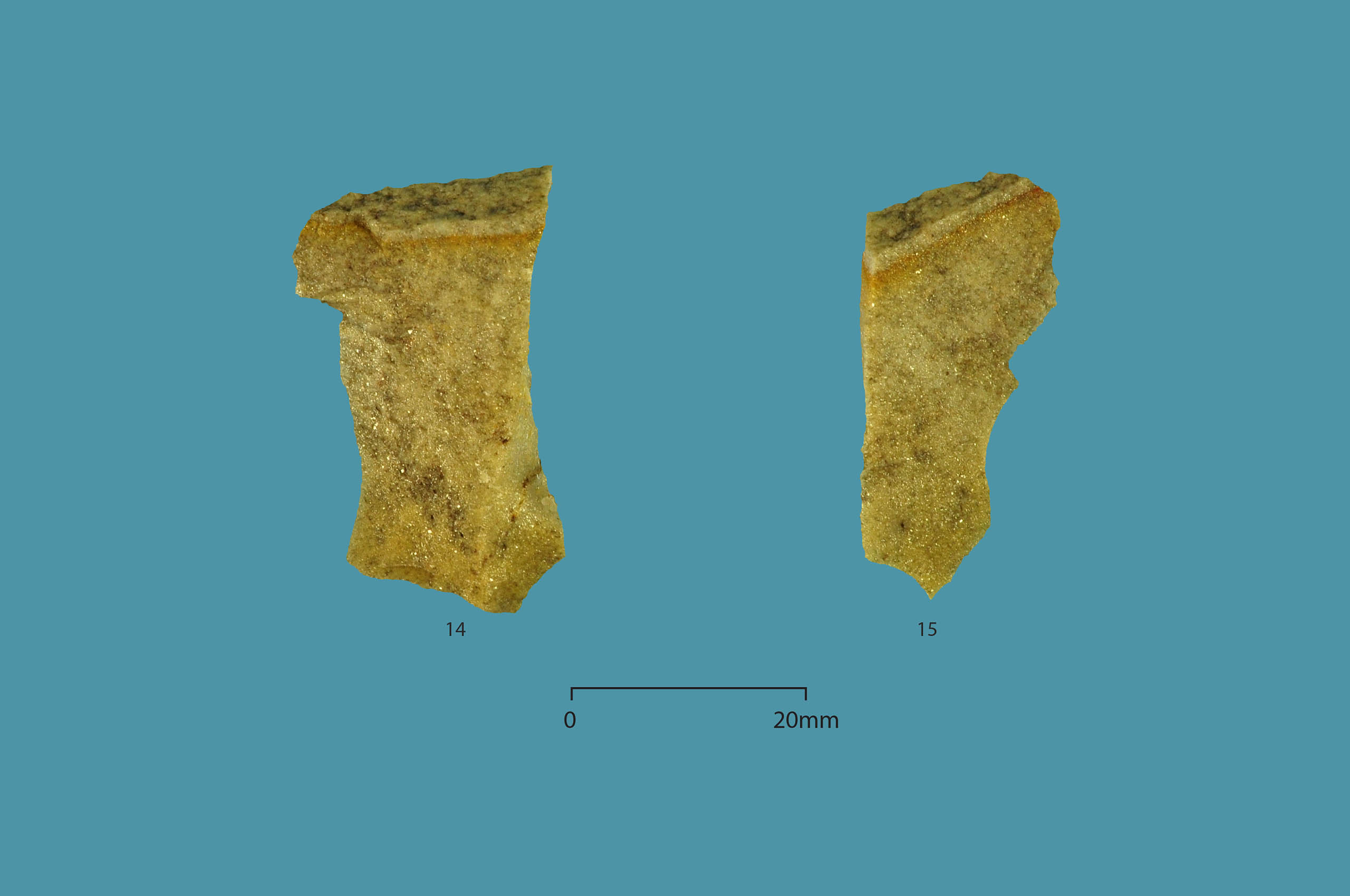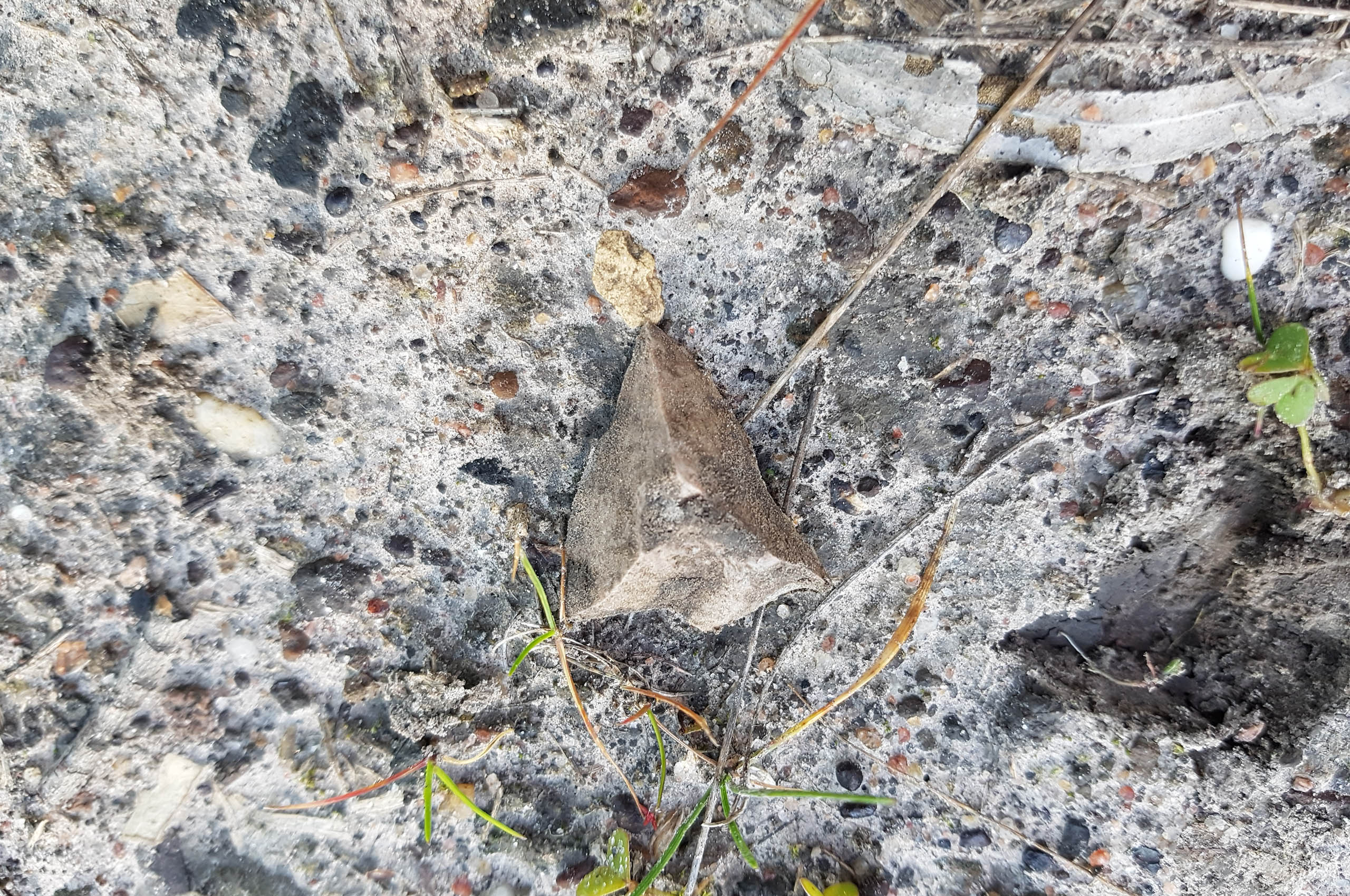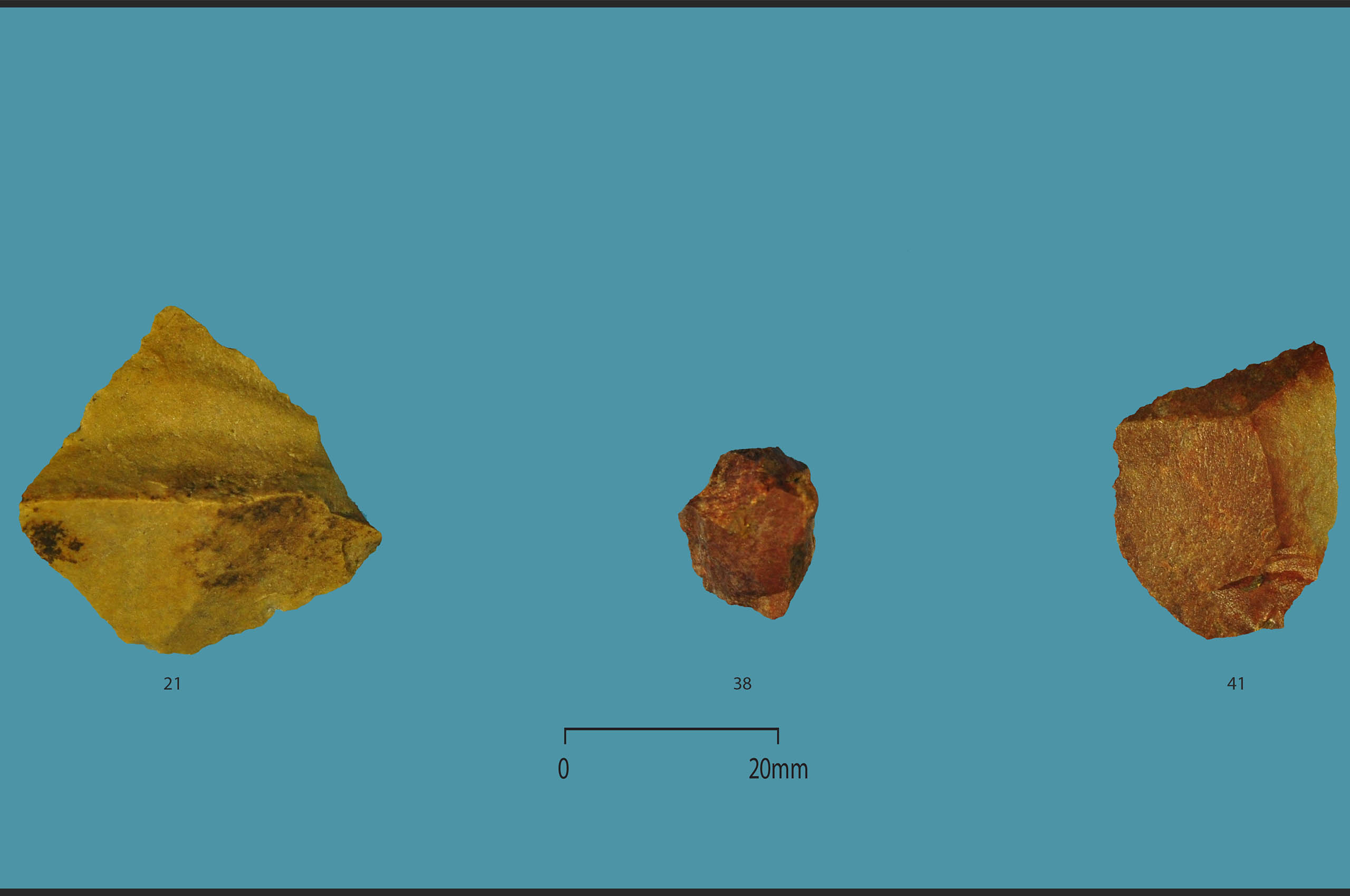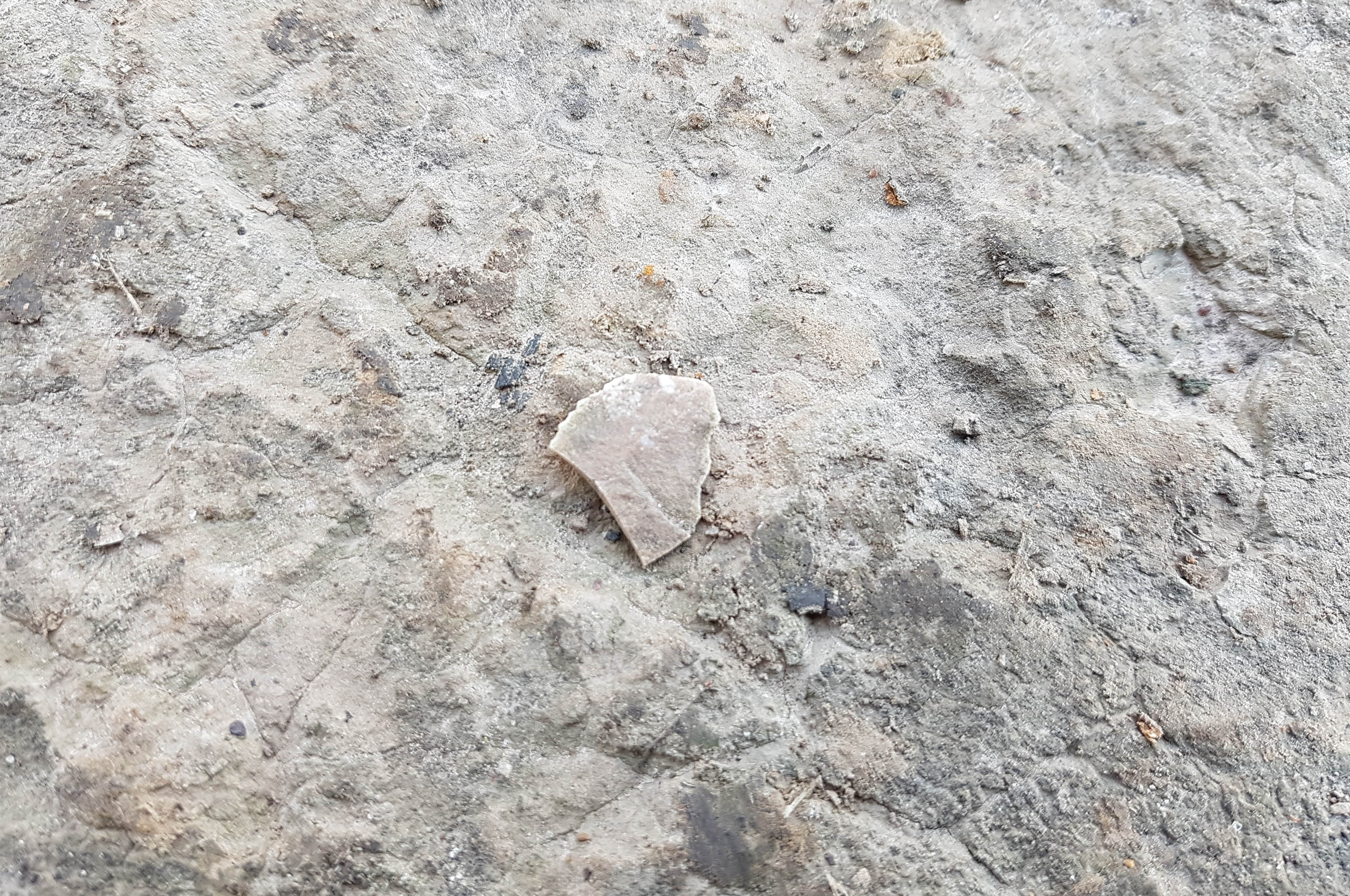Unearthing the history of the land

More than 40 indigenous stone artefacts have been uncovered near Darebin Creek following archaeological digs as part of La Trobe University’s Nangak Tamboree project.
A team of archaeologists unearthed the traditional objects which included stone cutting tools made from silcrete, quartz and quartzite, during excavations as part of the project’s Cultural Heritage Management Plan (CHMP).
The artefacts are estimated to be up to 6,000 years old, and were generally made by striking a stone to chip or flake-off sharp pieces. These were then used for everyday tasks such as carving or scraping into wood, bark or bones, skinning animals and cutting plants or food.
Melinda Albrecht, Senior Project Manager from cultural heritage consultants Andrew Long and Associates, said of the 43 artefacts, 23 of them were found in subsurface excavations and 20 were found in groups on the surface, commonly known as an ‘artefact scatter’.
“It’s difficult to provide detailed interpretation about the history of these pieces but we know it’s probably unlikely that this Aboriginal place represents an area of focused activity, and more likely that these artefacts were lost or discarded as the people moved around the landscape along the Darebin Creek corridor,” Melinda said.
Protecting the land
Nangak Tamboree is a biodiverse waterway that attracts wildlife and supports native flora, connecting with Darebin Creek in the south, running through La Trobe University’s Bundoora Campus to the Wildlife Sanctuary, the agricultural reserve and beyond to the north.
As part of La Trobe’s University City of the Future plan, La Trobe has committed to enhancing, protecting and better utilising this valuable environmental asset for the benefit of students, staff and the wider community.
One of the initiatives includes a new bike path along Darebin Creek. Tony Inglis, Nangak Tamboree Project Director, said that the bike path will help make the campus more accessible to the local community.
“The community will be able to walk or ride on a safe, well-lit and beautiful path from Darebin Creek, through the campus to Plenty Road to the north, thereby accessing the campus’ lawns, pathways and other amenities,” Tony said.
Respecting cultural heritage
La Trobe has been working closely with the Wurundjeri Woi Wurrung Cultural Heritage Aboriginal Corporation and cultural heritage consultants as part of the project’s CHMP, to ensure any Aboriginal cultural heritage sites are managed and protected throughout the project.
“We know that waterways can typically be areas where there is significant evidence of the original inhabitants and may contain spaces or objects of cultural significance.”
“The Cultural Heritage Management Plan enables us to engage with the Wurundjeri Woi Wurrung Cultural Heritage Aboriginal Corporation to collaboratively inspect the areas and carry out any investigations, so that we can understand the history and significance of the land,” Tony said.
The artefacts collected will be returned and reburied in the area, in consultation with the Wurundjeri Woi Wurrung Cultural Heritage Aboriginal Corporation. The area will also become a registered site.
“Uncovering these artefacts provides a real physical connection to the original inhabitants of the land upon which the campus is built,” Tony said.
“By understanding the cultural significance of the area, the bike path can be built in sympathy with this and in a way that is respectful of the original habitants. This means the alignment, design and materials for the path can be chosen to suit and it also gives us a great opportunity to highlight the history of the area to the community.”
Designs are now underway for the Nangak Tamboree bike path. To find out more and to stay up to date about Nangak Tamboree, please visit the project website.
October 2019
-

Indigenous stone artefacts were found as part of the Nangak Tamboree project -

The stone cutting tools were made from silcrete, quartz and quartzite. -

Some of the artefacts discovered were found in groups on the surface, commonly known as an 'artefact scatter'.